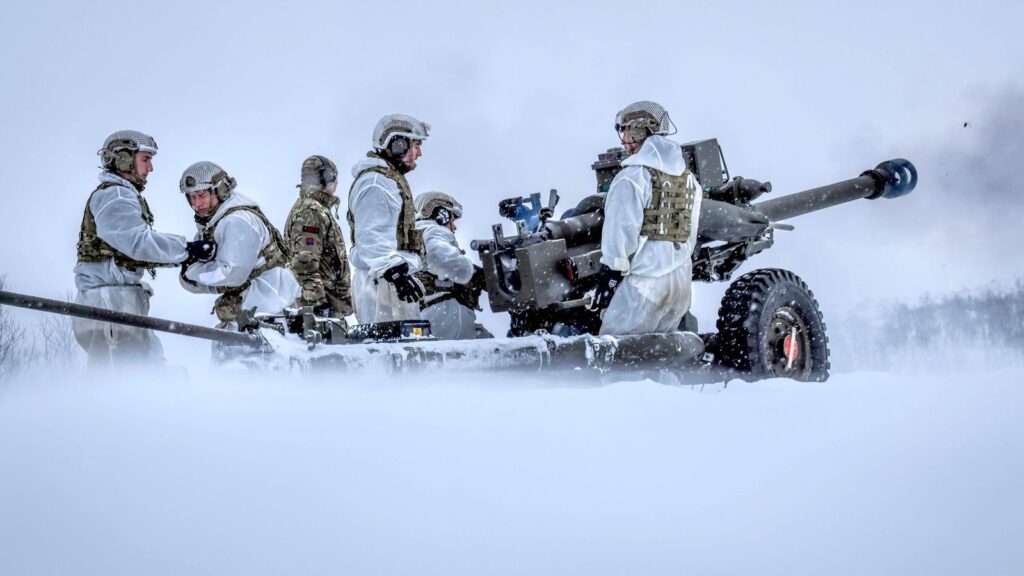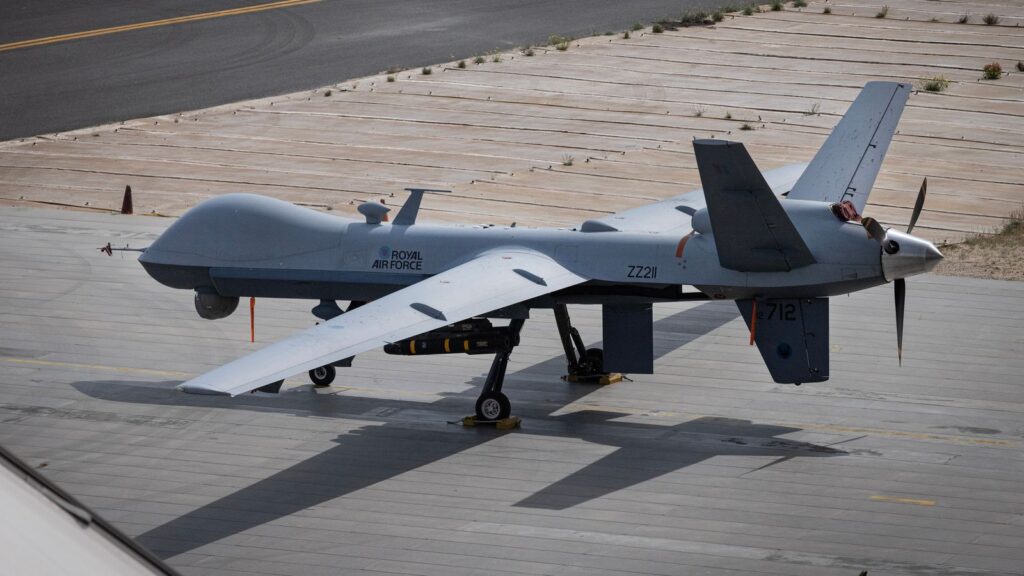The United Kingdom will purchase up to 7,000 long-range missiles and drones and build at least six weapons factories in a £6 billion effort to rearm amid rising threats.
The plan, announced by the government over the weekend, will be part of Keir Starmer’s much-anticipated Strategic Defence Review, which will be released on Monday.
However, it lacks key details, including when the first weapons factory will be built, when the first missile will be produced, or even what types of missiles and drones will be purchased.
The government has yet to appoint a new senior leader to take on the role of “National Armaments Director,” who will oversee the entire effort. Andy Start, the current head of Defence Equipment and Support – the defence branch responsible for equipment procurement – is still acting as the interim National Armaments Director while a slow process to recruit someone externally continues.
Revealing a portion of its contents in advance, the Ministry of Defence said the defence review will recommend an “always-on” production capacity for munitions, drawing on lessons learned from Ukraine, which has demonstrated the vital importance of large-scale production lines.
It will also call for an increase in munitions stockpiles – something essential for the Army, Royal Navy, and Royal Air Force to be able to continue fighting beyond a few days. Around £1.5 billion will be invested in the new factories, the government said. It added that this additional funding will bring total spending on munitions to £6 billion this parliament.
Sky News will launch a new podcast series on June 10 based on a wargame simulating a Russian attack against the UK, to test Britain’s defences.
“The hard lessons learned from [Vladimir] Putin’s illegal invasion of Ukraine show that an army is only as strong as the industry behind it,” said John Healey, the Defence Secretary, in a statement issued on Saturday evening.
“We are strengthening the UK’s industrial base to better deter our adversaries and to make the UK safe at home and strong abroad,” he added.
The UK had a much more resilient defence industry during the Cold War, with the capacity to rapidly produce missiles and other weapons and munitions at scale.

However, much of that depth, which costs money to maintain, was lost after the fall of the Soviet Union in 1991, as successive governments shifted funding priorities from defence to areas such as healthcare, welfare, and economic growth.
Even after Russia’s full-scale invasion of Ukraine in 2022 and a significant increase in demand from Kyiv for munitions from its allies, production lines in UK factories expanded only slowly.
Sky News visited a factory operated by defence company Thales in Belfast last year, which produces N-LAW anti-tank missiles used in Ukraine. Its staff at the time worked only weekday shifts from 7am to 4pm.
Under this new initiative, the government said the UK will build at least six new “munitions and energetics” factories.
Energetic materials include explosives, propellants, and pyrotechnics, which are required in weapons production.
However, there were no details on whether these will be national factories or built in partnership with defence companies, or a timeline for when this will happen.
There was also no information on where they will be located or what kinds of weapons will be produced.

Additionally, it was announced that the UK will purchase “up to 7,000 long-range weapons produced in the UK for the UK Armed Forces,” although again, no specifics were given.
It is understood that these weapons will include a mix of missiles and drones. Sources within the defence industry criticised the lack of detail, which is common with announcements from the Ministry of Defence.
Sources said that small and medium-sized companies in particular are struggling to survive while waiting for clarity from the Ministry of Defence on a range of different contracts.

